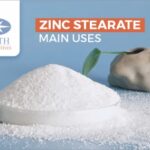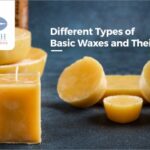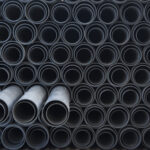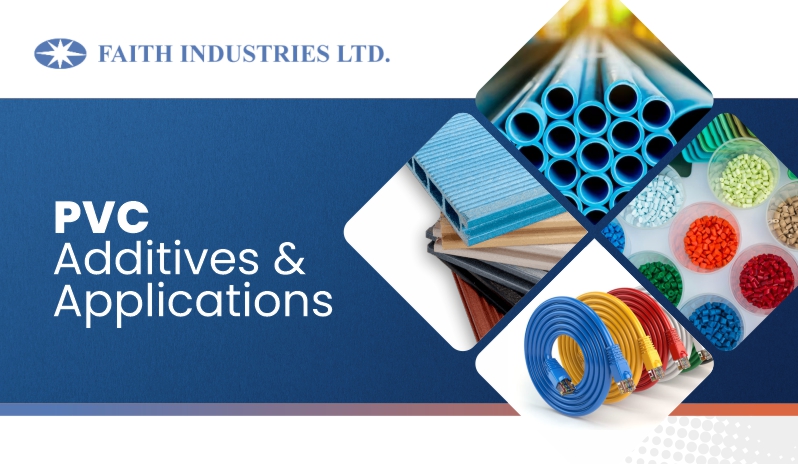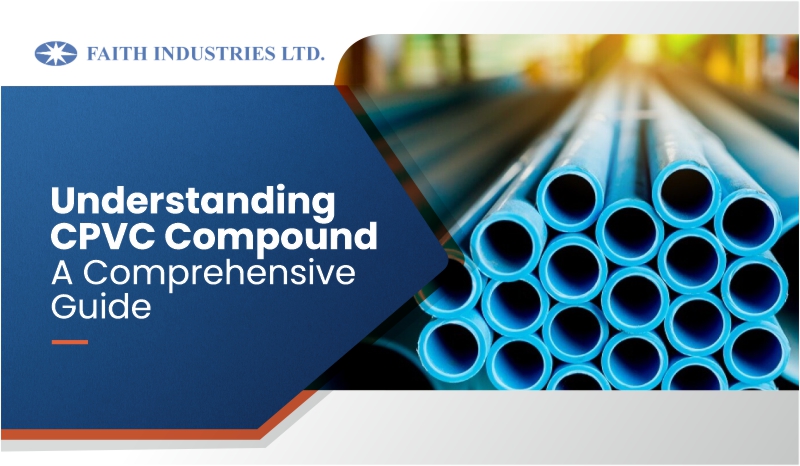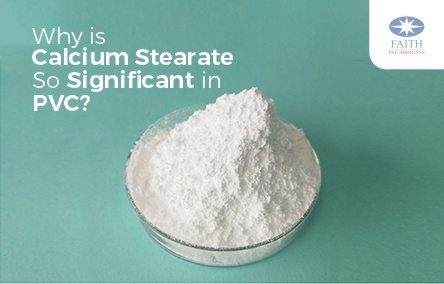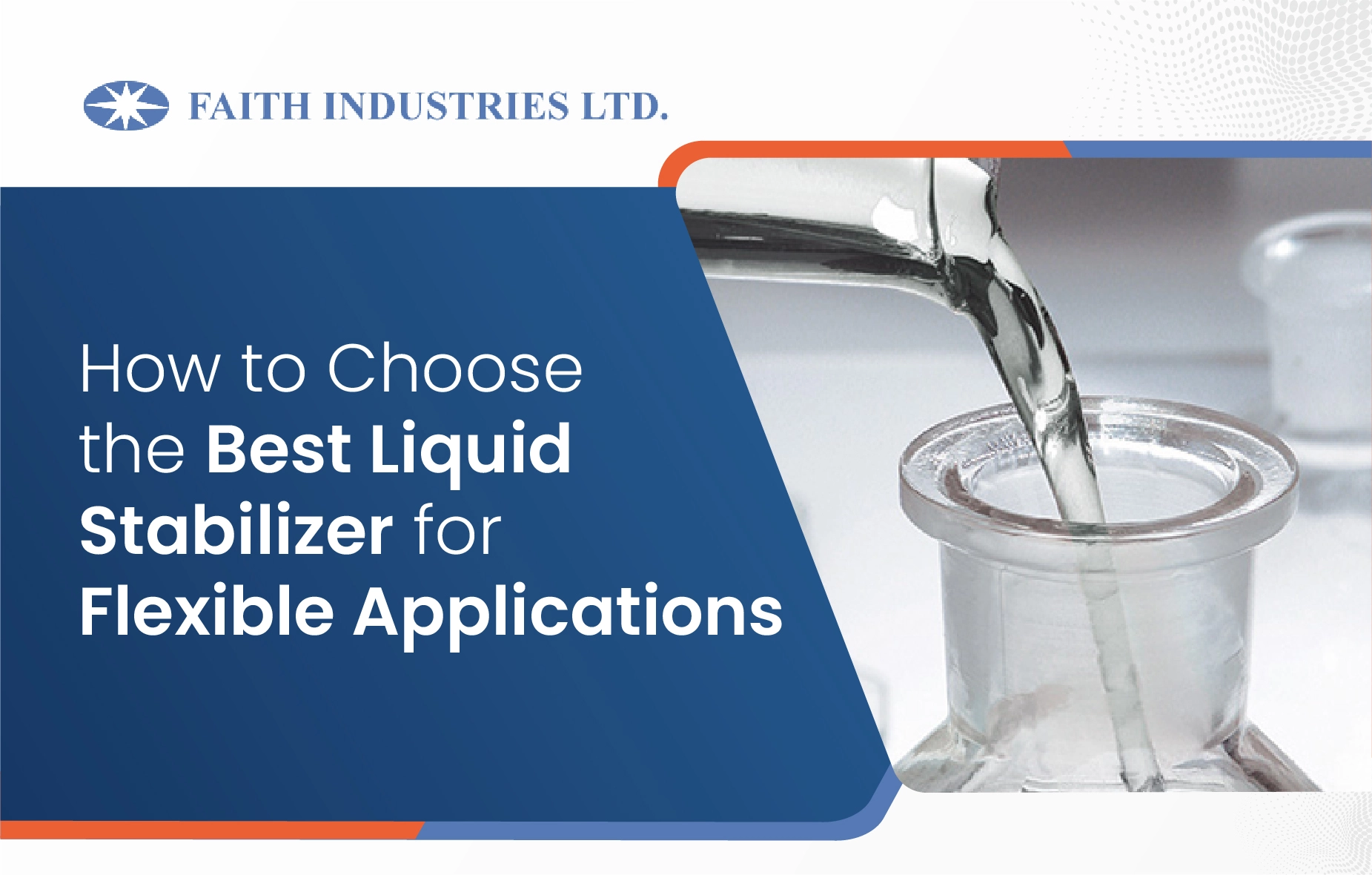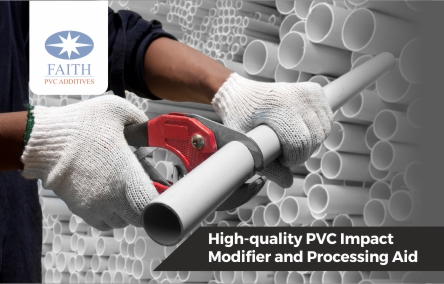SPC (Stone Plastic Composite) flooring has become a go-to solution for projects that need a waterproof, stable, and low-maintenance floor. But making SPC that performs well over years — no warping, no edge lifting, minimal scratching depends heavily on the additives inside the rigid core. In this article I’ll explain, in plain language, how calcium zinc stabilizer for pvc (CaZn) works inside SPC, why it matters for dimensional stability and scratch resistance, and practical steps manufacturers should take to get consistent, high-quality results.
What SPC flooring is and why the core matters
SPC boards are multi-layered: a wear layer on top, a printed decorative film, and a rigid SPC core made from PVC resin, limestone filler and additives. The core gives SPC its strength, stiffness and dimensional behavior. If the core expands, contracts or degrades during processing or use, the whole plank shows its gaps, edge lift, buckling, or loss of surface finish.
That’s where stabilizers come in. A good stabilizer keeps the PVC molecules intact through high-temperature processing and during long service life, so the board’s dimensions and surface properties remain steady.
Common manufacturing pain points SPC producers face
Producing high-quality SPC flooring is a precise task. Even small formulation or process errors can lead to visible defects and costly rework. Here are the most common challenges, their root causes, and how they impact real-world production.
Warping and Edge Lift
What happens: Boards lose flatness or lift at the edges after installation or heat exposure.
Root causes: Uneven fusion during extrusion or poor filler dispersion causes the core to expand or contract inconsistently. Improper stabilizer–lubricant balance can also lead to internal stress during cooling.
Impact: Dimensional drift of even 0.5 mm can trigger product rejection or installation complaints, leading to material loss and reputational damage.
Solution: Optimize stabilizer formulation and filler dispersion, maintain stable melt temperature, and monitor cooling consistency to prevent stress buildup.
Yellowing and Discoloration
What happens: A yellow tint or dullness appears during processing or storage.
Root causes: PVC degradation at high temperatures due to weak heat stabilization or long residence times.
Impact: Colour mismatch increases rejection rates, especially in light or decorative designs.
Solution: Use high-performance calcium zinc stabilizer for PVC with fast HCl absorption, control barrel temperature, and ensure pigment compatibility.
Plate-Out (Die Build-Up)
What happens: Sticky or hard residues form on die lips and calender rolls, forcing frequent line stoppages for cleaning.
Root causes: Additive migration, moisture in fillers, or incompatible lubricants.
Impact: Reduces line productivity by 10–15% and increases scrap generation.
Solution: Dry raw materials properly, match stabilizer chemistry with lubricant system, and use low plate-out CaZn stabilizer grades for SPC extrusion.
Poor Scratch Resistance
What happens: Surface scratches appear easily, making floors look worn quickly.
Root causes: Weak or uneven core structure from poor fusion and filler dispersion reduces surface hardness.
Impact: Lower durability and faster wear, especially in high-traffic areas.
Solution: Ensure a well-fused, dense core using optimized CaZn stabilizers that enhance molecular stability and improve coating adhesion.
SPC Flooring Market Trends and Evolving Performance Demands
Global demand for SPC flooring is growing steadily over 7–8% annually driven by home renovations and commercial projects that need durable, waterproof, and easy-to-maintain flooring. Its aesthetic appeal and cost-effectiveness compared to wood or ceramic tiles further boost its popularity.
As the market expands, performance expectations are rising. Manufacturers now face stricter requirements for dimensional stability, scratch resistance, and long-term durability. Even small formulation issues can lead to product rejections or warranty claims.
Environmental regulations are also reshaping the industry. The shift from lead-based systems to eco-friendly calcium zinc stabilizer for PVC (CaZn stabilizer) has become standard for producers targeting export markets. These stabilizers not only comply with global safety norms but also improve heat stability and product lifespan.
Why CaZn stabilizers are now the industry standard
Historically many rigid PVC products used lead-based stabilizers. Today, environmental and regulatory pressure (RoHS/REACH and buyer preference) has pushed the market toward lead-free systems. Calcium zinc stabilizers combine calcium and zinc salts with co-stabilizers and lubricants to give a balanced, eco-friendly solution.
Practical advantages of CaZn stabilizers:
- Solid thermal stability during high-temperature processing.
- Low tendency to cause odour or discoloration.
- Better compatibility with organic lubricants and fillers.
- Cleaner processing — less plate-out when properly formulated.
Because of these traits, many SPC manufacturers now source additives from a trusted pvc additives manufacturer who supplies cazn stabilizer systems optimized for rigid cores.
How CaZn chemistry improves dimensional stability
Dimensional stability means the board keeps its size, shape and flatness despite heat, humidity or mechanical stress. Here’s how CaZn helps in straightforward terms:
- Protects PVC chains at processing temperatures. SPC extrusion and lamination involve heat. Without the right stabilizer, PVC breaks down (dehydrochlorination), which weakens the polymer and creates stress that shows up as warping. Calcium zinc stabilizers arrest this degradation, so the polymer keeps its physical structure.
- Controls fusion and melt behaviour. CaZn systems can be formulated to give a predictable fusion rate during extrusion, reducing internal stresses that otherwise cause uneven shrinkage as the plank cools.
- Reduces plate-out and discoloration. Stable formulations mean less additive migration to machine parts or into the surface, so the core cools uniformly and finishes stay consistent.
Result: planks come out flatter, with predictable thermal expansion coefficients, reducing gaps and edge issues during service.
How CaZn helps with scratch resistance
Scratch resistance is a surface property, but it starts with the core:
- When the core maintains integrity and supports the wear layer evenly, the top coating can perform as designed. A compromised or uneven core makes the top layer more vulnerable to indentation and scratching.
- CaZn stabilizers help the PVC matrix remain tighter and less prone to micro-cracking. That denser support reduces micro-abrasion and increases the life of the wear layer.
- In addition, properly selected CaZn systems improve compatibility with UV-cured or urethane wear coatings better adhesion equals better scratch performance.
In practical testing, SPC cores with optimized CaZn packages show lower abrasion rates (in Taber or similar abrasion tests) and fewer surface defects after mechanical stress.
Practical guidance: What manufacturers should do
If you manufacture SPC or are evaluating suppliers, follow these steps:
Choose the right supplier — work with a reputable pvc stabilizer manufacturer that understands SPC (not all stabilizer houses optimize for rigid core systems). Ask for evidence of SPC-focused trials.
Start with lab scale trials — test thermal stability, fusion behavior, and plate-out on your own production lines before full scale changeover.
Optimize lubricant package — stabilizer + lubricant synergy controls fusion rate; it’s critical for dimensional control.
Monitor processing temperatures and residence time — keep extrusion profiles consistent and avoid hot spots that accelerate degradation.
Run finish tests — Taber abrasion, heat-cycling and humidity exposure to confirm dimensional and scratch performance on final laminates.
Request technical data — ask your stabilizer supplier for oven ageing curves, plate-out test results and compatibility notes with fillers and coatings.
A practical note on dosing: formulations vary with PVC grade, filler level and process. Use supplier-recommended starting points and iterate; the final phr will differ by setup. Good suppliers will support iterative tuning.
R&D and quality: why supplier expertise matters
A well-designed CaZn package is more than “calcium + zinc.” It’s the right carboxylate balance, co-stabilizers, and matched lubricants plus manufacturing control. Manufacturers who rely on a specialist pvc additives manufacturer with R&D and pilot-scale capability will reach production-grade stability faster and with fewer surprises.
At Faith Industries Ltd., our in-house R&D and automated plant allow us to test CaZn systems specifically for SPC cores and Stabilizer for Window Profile applications, ensuring consistent performance across extrusion and lamination processes. (If you’re looking, ask suppliers for similar technical capabilities.)
Good stabilizer chemistry is the invisible foundation of quality SPC flooring. CaZn stabilizers deliver better thermal protection, cleaner processing and improved long-term dimensional and surface performance. For manufacturers who want reliable planks that pass ambitious specs and keep customers satisfied, optimizing the stabilizer package is one of the highest impacts moves you can make.
If you’re evaluating options, consider talking to a proven pvc stabilizer manufacturer that has SPC experience. If you want, Faith Industries Ltd. can share trial data and processing tips specific to your formulation and machinery we specialize in cazn stabilizer solutions and support Stabilizer for Window Profile applications across extrusion platforms.


